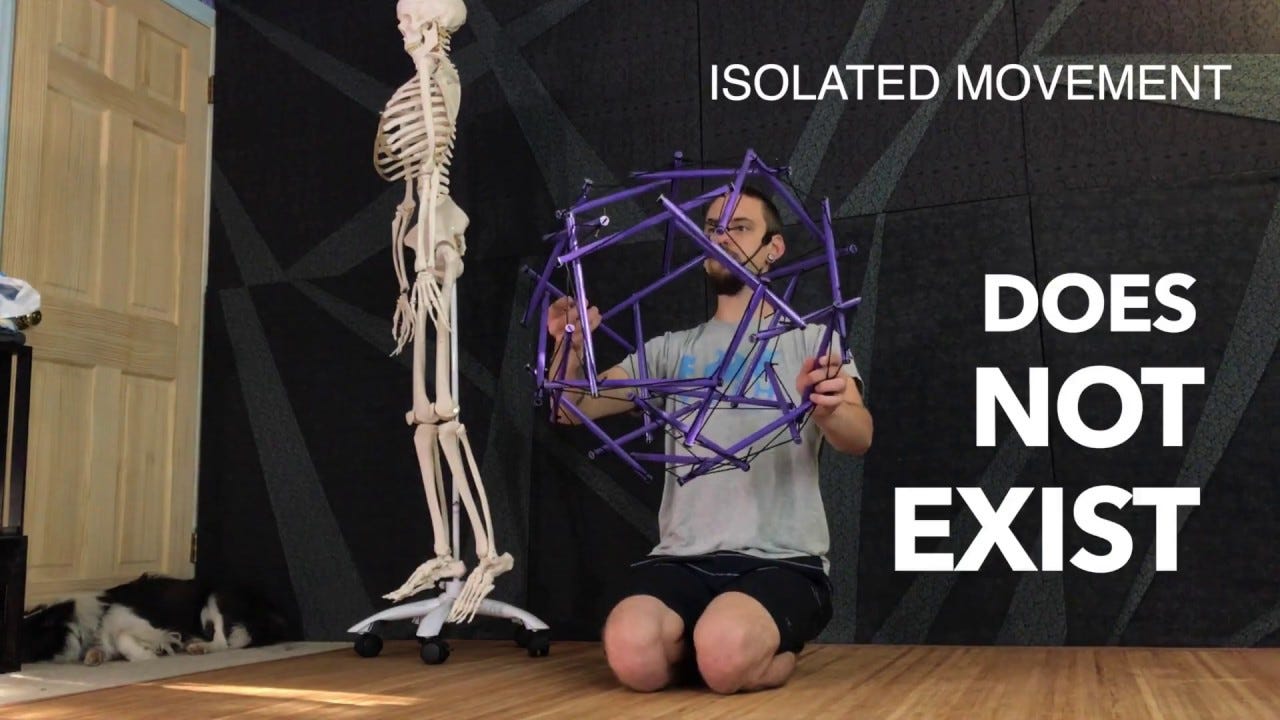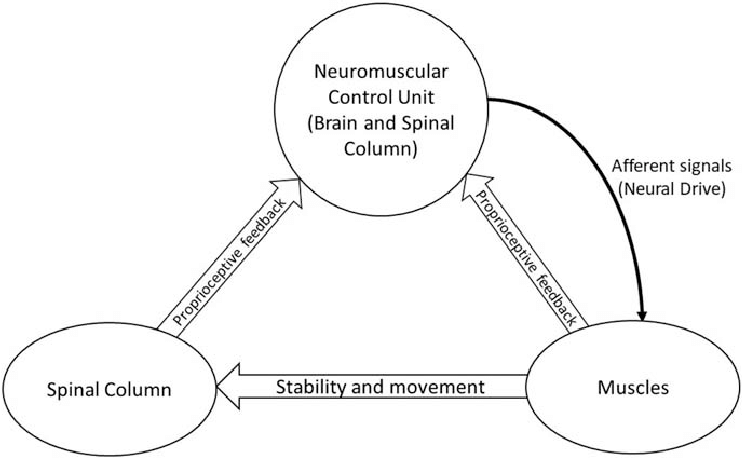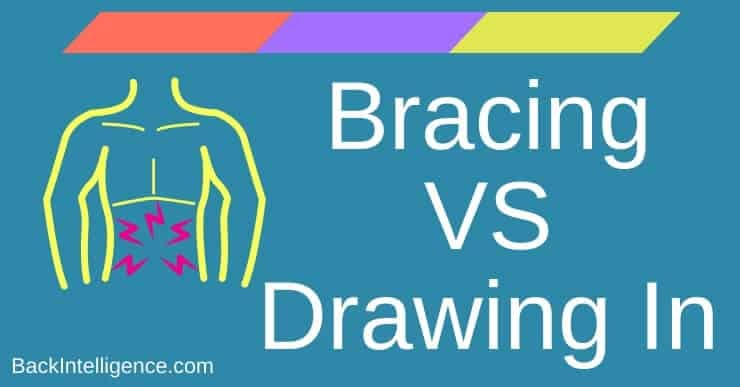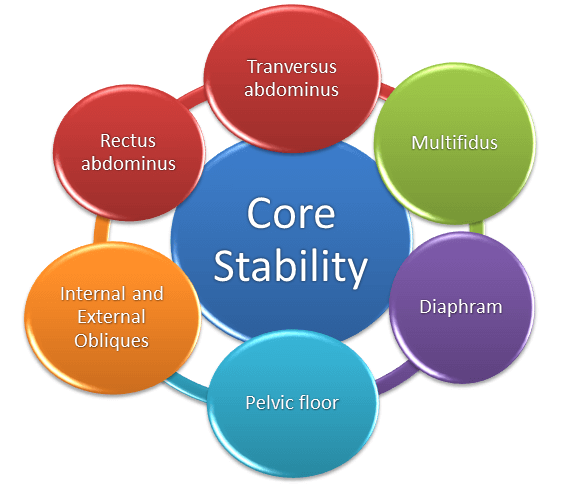
Muscles, bones, joints, ligaments, tendons, and human movement do not exist in individualized vacuums; they share a complex and interdependent relationship to one another as a means of achieving biological homeostasis, and ultimately, survival. One can visualize such co-dependence and function through the tensegrity model.
Tensegrity, at its root, states that structures as small as cells and as large as long bones share fundamental commonalities; they are comprised of structures which resist compression, while co-existing with other structures, that induce tension (Levin, 2002). Together, the aforementioned events create stability (Levin, 2002). As a means of applying the tension/compression model and gaining appreciation of its applicability, the following will review low back stability protocols and the application of tensegrity.

Stability can be defined as the property of a body, that when disturbed from a condition of equilibrium, develops forces or moments that restore the original condition (Stability, 2015). Thus, the aforementioned definition can apply to structures exhibiting tensegrity, such as the low back and associated vertebrae, discs, ligaments, tendons, and muscles. Though not explicitly stated in the research experiment of Vera-Garcia, Elvira, Brown, and McGill (2006), the principles of tensegrity apply.
In their experiment, Vera-Garcia et al. (2006) created an outside perturbation against the spine of 12 recreationally trained male volunteers. Two independent variables were tested: hollowing of the abdominal muscles, and bracing of the abdominal muscles. Both variables were tested in the presence of unknown timing from rapid perturbations (Vera-Garcia et al., 2006). Dependent variables included the degree of spine stability, trunk displacement, and spinal compression associated with each independent variable (Vera-Garcia et al., 2006).

Vera-Garcia et al. (2006) noted compelling differences between both interventions; hollowing recruited less abdominal muscles, while bracing recruited more abdominal muscles. The researchers also noted that bracing performed better than abdominal hollowing for stabilizing the trunk, while minimizing displacement and spinal compression (Vera-Garcia et al., 2006). Such findings are significant since research indicates that repeated lumbar motion (i.e., flexion, extension, rotation) under loads is a mechanism of low back injury (McGill, 2007).

The tensegrity model can be applied to help explain the benefits of bracing (i.e., co-contraction of many abdominal muscles) and the work of Vera-Garcia et al. (2006). As noted in the introduction, tensegrity is an aggregate of compressive and tensile forces, which induce stability (Levin, 2002). The spine might be thought of as a strut receiving compressive forces, while surrounding ligaments, tendons, and muscles could be seen as structures inducing tension.
When working harmoniously (i.e., optimal motor control), they form a system (i.e., tensegrity), which stabilizes perturbations of the spine from multiple angles (Levin, 2002). When viewing hollowing protocols and spinal stability, less tension from less angles decrease support of the lumbar region, while bracing recruits greater numbers of abdominal muscles from multiple angles, thus increasing resistance to spinal displacement and spinal compression. In essence, bracing reflects the tensegrity model to a greater degree than hollowing protocols.
Unlike towers and large buildings, which can sometimes be limited in their resistance to outside perturbations (i.e., wind, earthquakes), the human body has within it, a self-contained system which induces stability, even in the presence of motion. Such systems allow individuals to express robust and dynamic movements while protecting the body from forces that could otherwise induce tissue failure (Levin, 2002). In this way, homeostasis in maintained while in motion, and under load.
References
Levin, S. (2002). The tensegrity-truss as a model for spine mechanics: Biotensegrity. Journal of Mechanics in Medicine and Biology, 2(3/4), 375-388.
McGill, S. (2007). Low back disorders: Evidence-based prevention and rehabilitation (2nd ed.). Windsor, ON: Human Kinetics.
Stability (2015). Merriam Webster. Retrieved from http://www.merriam-webster.com/dictionary/stability
Vera-Garcia, F.J., Elvira, J.L.L., Brown, S.H.M., & McGill, S.M. (2006). Effects of abdominal stabilization maneuvers on the control of spine motion and stability against sudden trunk perturbations. Journal of Electromyography and Kinesiology, 17(5), 556-567.
-Michael McIsaac
